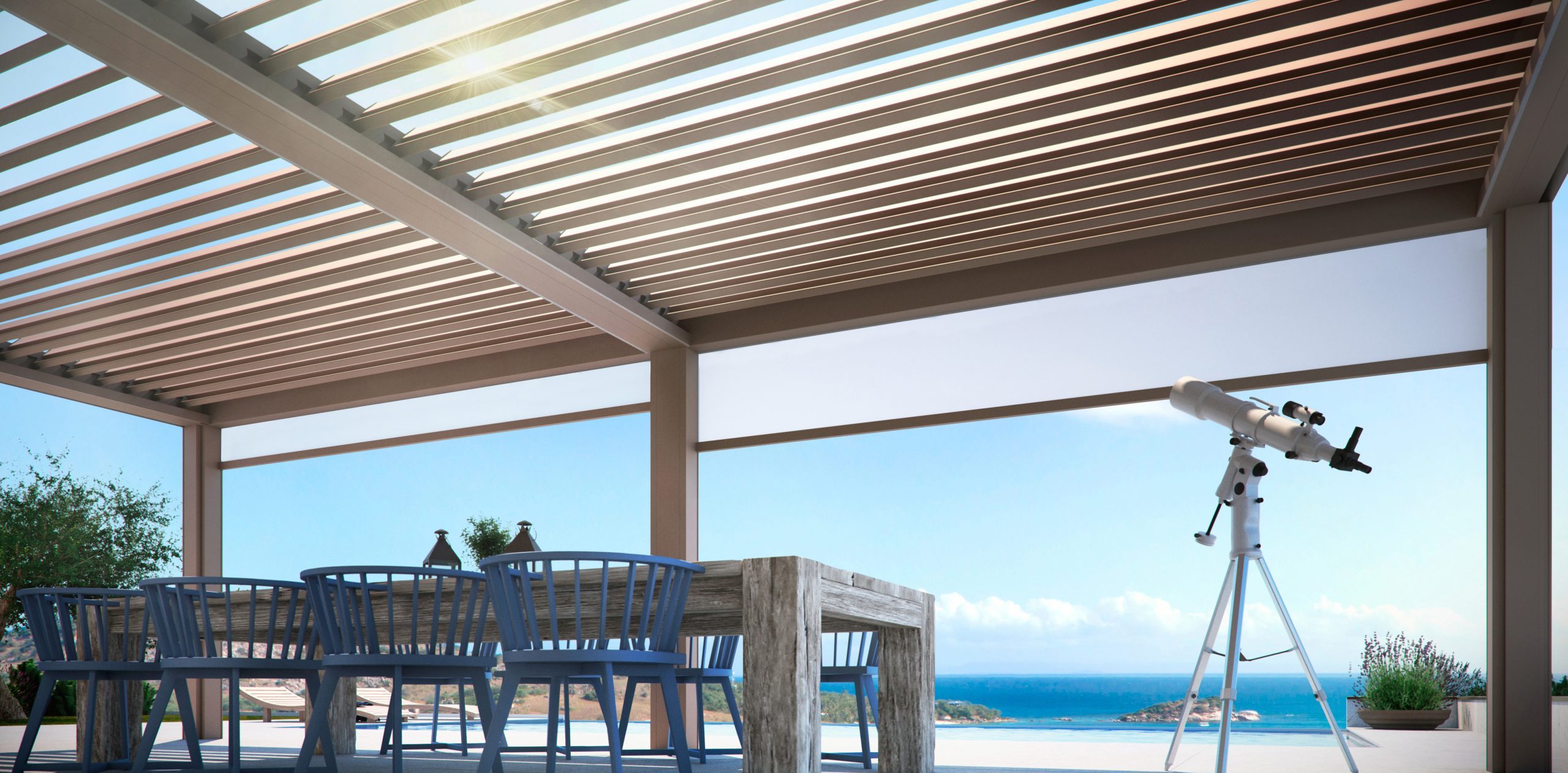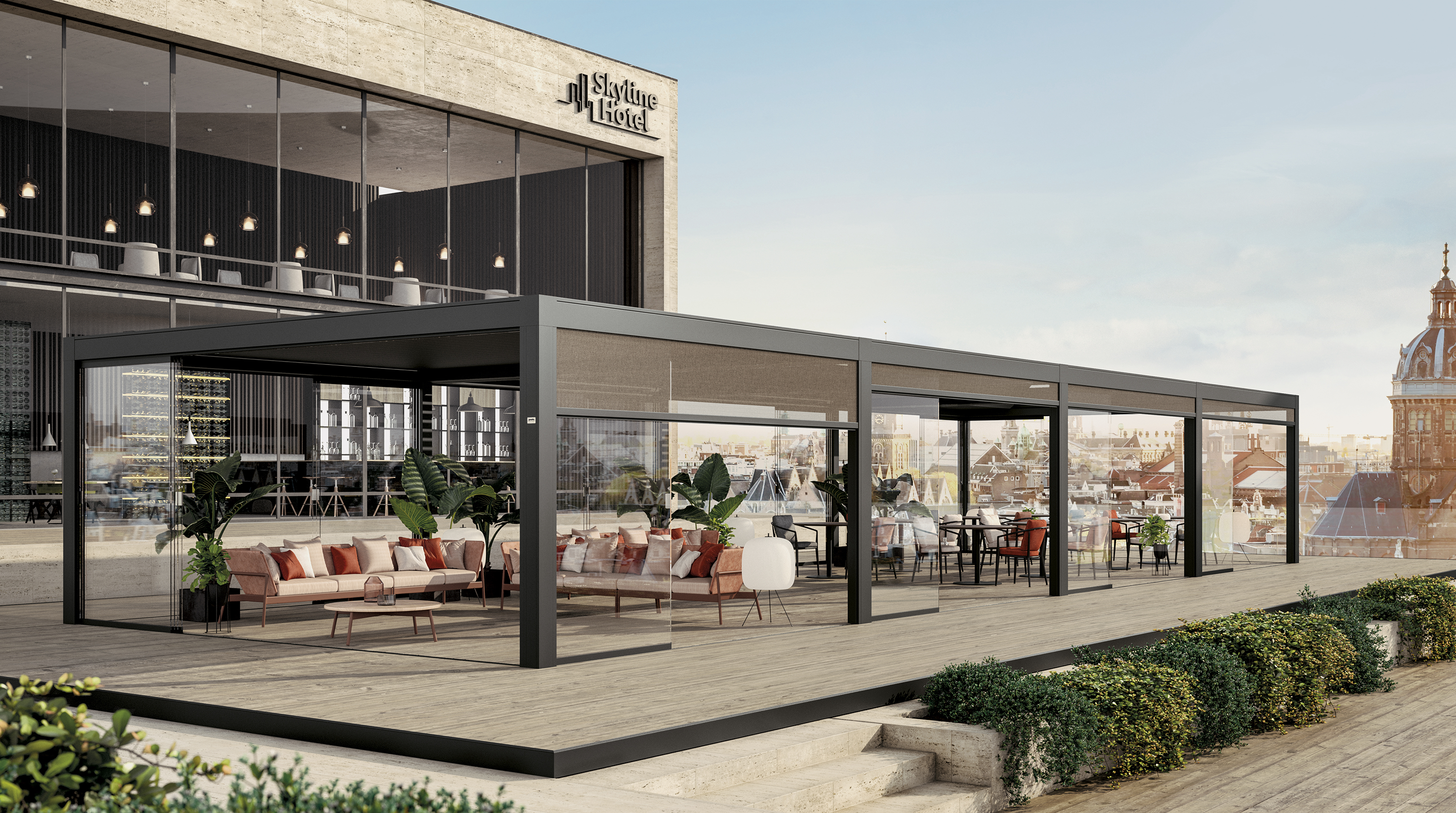
Offered by JB3D: Pratic Pergolas and Awnings
Pergolas have transcended their traditional role to become a pivotal element in contemporary outdoor design.
Our adeptness in blending traditional craftsmanship with contemporary design ensures that your brand stands out with both authenticity and modern appeal. Using the rich textures of wood and the timeless elegance of metal, we breathe life into your brand’s identity.
In the ever-evolving landscape of design and architecture, Environmental Graphics Master Planning plays a pivotal role in creating cohesive and immersive environments. Whether it’s a corporate campus, a healthcare facility, a university campus, or a public space, the strategic integration of environmental graphics can significantly enhance the user experience, convey brand identity, and solve complex spatial challenges. In this article, we’ll delve into the challenges and solutions associated with Environmental Graphics Master Planning, exploring how it can transform spaces and leave a lasting impact.
Challenge: In many cases, spaces lack visual consistency, resulting in a fragmented and confusing environment. Without a unified approach to graphics, users may struggle to navigate, and the brand identity may become diluted.
Solution: Implement a comprehensive graphic standards program that defines consistent design elements, such as typography, color schemes, and iconography. This program should serve as a visual guideline for all graphic elements within the environment, ensuring a cohesive and harmonious look.
Challenge: Modern spaces are inundated with information, from wayfinding signs to event announcements. Balancing the need to convey information without overwhelming users can be a significant challenge.
Solution: Prioritize information hierarchy through clear signage hierarchy and typography. Implement digital directories and video walls strategically to display dynamic information while keeping static signage uncluttered.
Challenge: Ensuring that environmental graphics are compliant with the Americans with Disabilities Act (ADA) and local building codes is crucial. Failure to do so can lead to legal issues and create barriers for individuals with disabilities.
Solution: Work with experts who understand ADA regulations and local codes to design signage and graphics that meet all accessibility requirements. This includes proper placement, tactile elements, and Braille signage where necessary.
Challenge: Environmental graphics should not only be functional but also aesthetically pleasing. Balancing these two aspects can be tricky, as overly functional graphics may lack visual appeal, while overly decorative ones may sacrifice functionality.
Solution: Collaborate with experienced graphic designers who specialize in environmental graphics. They can strike the right balance between aesthetics and functionality, creating visually appealing graphics that also serve their purpose effectively.
Challenge: Outdoor and high-traffic environments pose challenges related to the durability and maintenance of graphic elements. Harsh weather conditions, vandalism, and wear and tear can degrade the quality of graphics over time.
Solution: Invest in high-quality materials and finishes that can withstand the elements and regular cleaning. Implement a proactive maintenance plan to ensure that graphics remain in optimal condition, and address any damage promptly.
Solution: Begin with a thorough environmental graphics master plan that takes into account the specific needs and goals of the space. This plan should encompass all aspects of graphics, from wayfinding to branding, and serve as the foundation for the entire project.
Solution: Embrace digital technologies to enhance the flexibility and dynamism of environmental graphics. Digital directories and video walls can provide real-time information updates and engage users in innovative ways.
Solution: Prioritize user needs and preferences in the design process. Conduct user research and engage in user testing to ensure that graphics effectively serve their intended purpose and enhance the overall user experience.
Solution: Consider sustainable materials and practices when designing environmental graphics. Sustainable signage not only reduces environmental impact but also aligns with the values of many organizations and institutions.
Solution: Collaborate with a multidisciplinary team of designers, architects, engineers, and ADA compliance experts. Their diverse expertise ensures that all aspects of environmental graphics, from aesthetics to functionality and accessibility, are addressed effectively.
When embarking on an Environmental Graphics Master Planning project, it’s essential to consider the following data points:
Budget: Determine the budget available for the project, as it will influence design choices and material selection.
Timeline: Establish a realistic timeline for the project, taking into account design, fabrication, and installation phases.
User Feedback: Continuously gather feedback from users to make iterative improvements to the graphics over time.
Technology Trends: Stay informed about emerging technologies and trends in environmental graphics to ensure that your project remains cutting-edge.
Community Engagement: Involve the local community or stakeholders in the design process to create a sense of ownership and pride in the space.
In conclusion, Environmental Graphics Master Planning is a multidimensional process that requires a strategic approach to overcome challenges and create visually cohesive, functional, and impactful environments. By addressing issues such as consistency, information overload, ADA compliance, aesthetics, durability, and maintenance, and by implementing comprehensive master planning, digital integration, user-centric design, sustainability, and collaboration, you can elevate the quality of environmental graphics in any space. Keep in mind the data points mentioned above to make informed decisions and ensure the success of your project.
Embrace the power of tangible branding with JB3D.

Pergolas have transcended their traditional role to become a pivotal element in contemporary outdoor design.

Innovative solutions to elevate spaces into welcoming, functional, and aesthetically pleasing areas.

Creating spaces that captivate and immerse their users is an ongoing aspiration.

Creating a strong and cohesive visual identity is the key to leaving a lasting impression on your audience
Design. Build. Transform.
We are JB3D, a multi-disciplinary design firm with a holistic approach. From branding to placemaking, we design timeless solutions, build with integrity, and transform experiences.